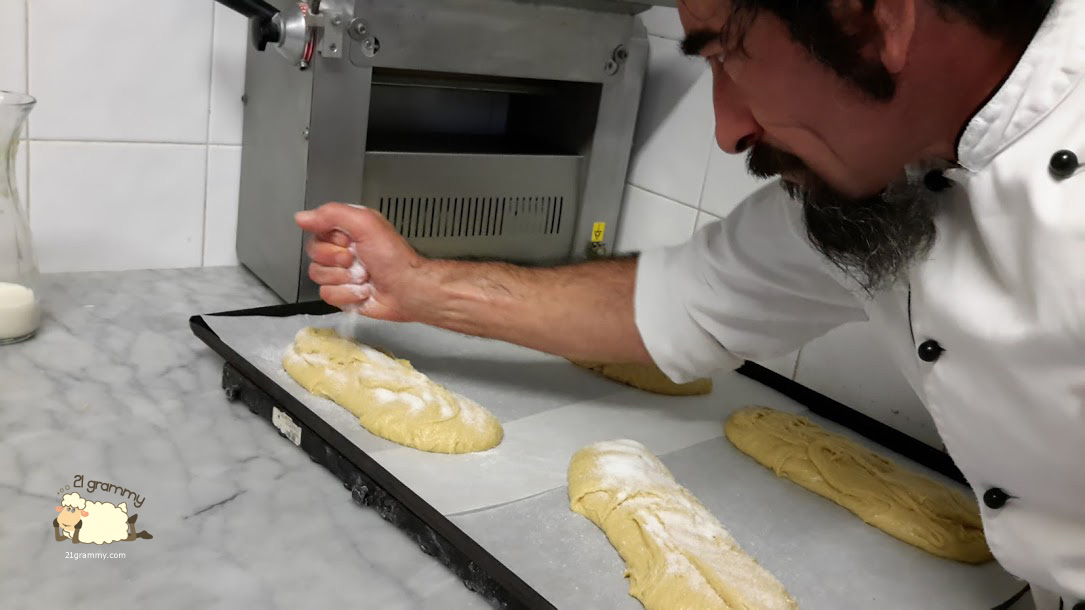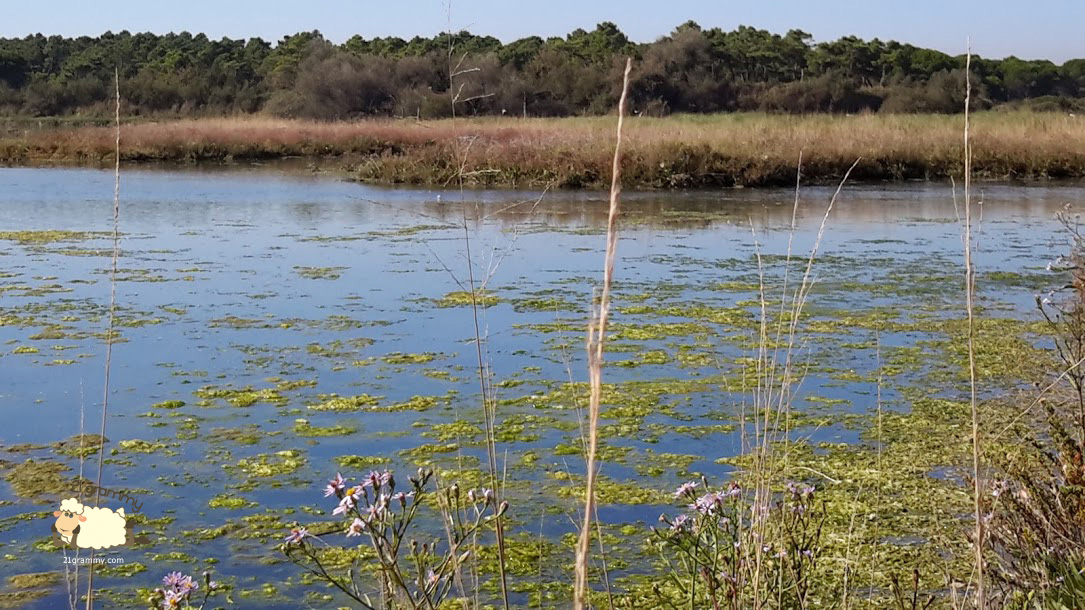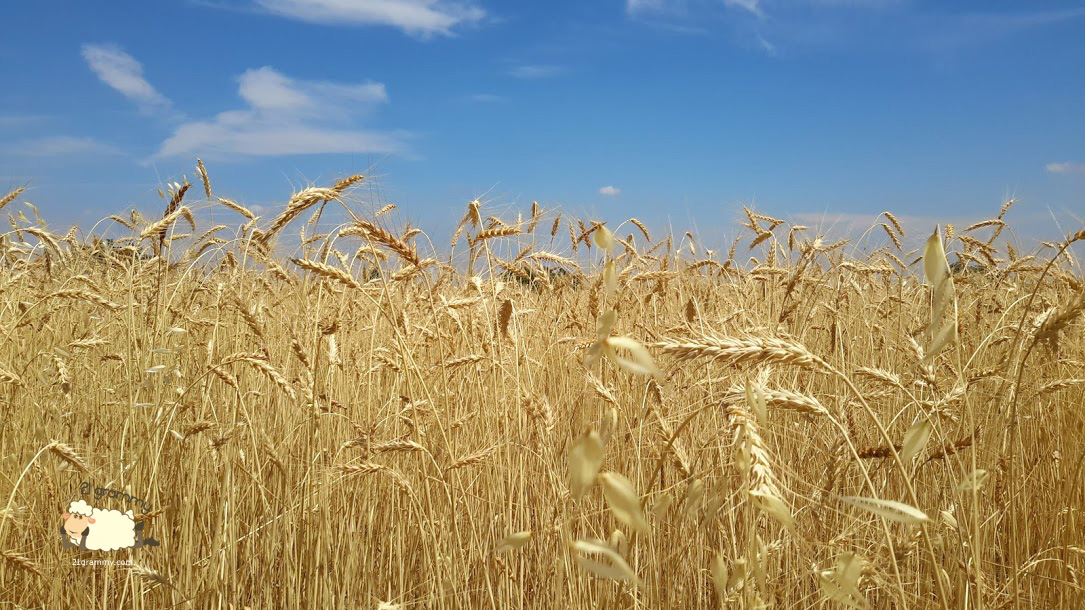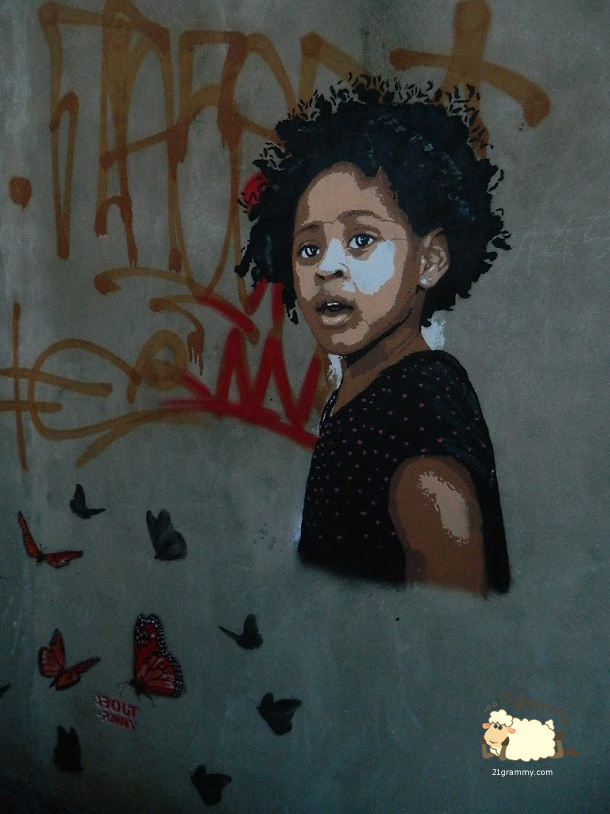Do you think archeology is something for old and boring people? Something so far away from us that is hard to imagine as really existed? Archeological sites in Italy are some of the best and most visited sites all over the world. Pompei or the Temples Valley in Agrigento. Emilia Romagna also has some interesting places all over the region: Ravenna with its byzantine monuments, Rimini with the Domus of the Doctor, Ferrara with the ancient town of Spina and many others.
As you may imagine, at least if you have seen the Indiana Jones trilogy, archelogy may be really very interesting especially if you have the chance to take it to nowadays, understanding the meaning of what you are seeing or walking through and imagine how people could live at those times.
The blogger of Buon Vivere visiting the ancient harbor of Classe
I, together with a group on international bloggers, had the chance to do this experience thanks to Ravenna Antica, the society that cares about this place, which is the first point of interest of the huge archeological park of the area, developed around the Basilica of Sant’Apollinare.

It’s early in the morning. September is a special month to go on trip. The light is special and when we arrive, the place has no visitors. Claudia Frassineti, our guide, is there to welcome us together with Linda Landi, Social Media Manager.

We are the first international blogger to enter the park, such an honor and a pleasure to visit this place and follow its evolution. Before entering a park we assist to a special introduction show, shown in the building just at the entrance of the park. A visual storytelling that introduces, through a virtual guide of an inhabitant of the harbor, the life at that time.
The video tells about the birth and developing of the harbor that was for many centuries one of the most prestigious ports of the ancient world. Towards the end of the 1st century BC, Octavian Augustus built here the imposing docks, which allowed ships to access to the sea and set up the Imperial fleet for the control of the entire Eastern Mediterranean sea. The commercial port was exactly in the middle of a massive trade with Africa and with the East.
Classe (classes in Latin means fleet) became a very important city (civitas), assuming an essential role as a commercial point as well as a military bulwark towards the sea.
The archeological excavations of this area begun in 1881, but it’s only around the 60’s and 70’s of the last century that archeologists really worked here, bringing to light the entire port.

A step into history: the harbor and its life
Our visit with Claudia introduces us to the life of the harbor. Every morning people received wares from East and Africa, meant to enrich lives and homes of the inhabitants of the roman and then Byzantine Empire. Wares were full of objects and the city had an artisan’s community, working glass, iron and much more.
Our itinerary is a truly extraordinary glimpse on the late antique trade in Ravenna and in the West; and an important opportunity to understand how it worked a harbor warehouse in late antiquity.


Along the route, 10 panels with iconographic and textual explanations and 5 “slabs of perspective”, graphic overlay panels, made of glass, showing the architectural reconstructions of elements, which are no more visible, overlapping the view of the rear landscape and giving back an idea of the complex as it was supposed to be in the ancient time.

Visitors can then admire the reconstruction of a big port infrastructure, with warehouses, links that lead from the docks to the island in the middle of the channel port and a paved road from which the wagons leaved with goods towards the city of Ravenna.
In the park, everything is open to our exploration. No area is forbidden and this allows the visitor to enter the wares, the houses and every part of the ancient building that, in a later phase, were converted into homes and next to them bury the dead.
Our visit, live on Periscope, is almost at the end: a unique chance to enjoy history in a different way, thanks to a modern idea of setting up that approaches people to archeology as a real adventure into the past.

The park is also opened for special guided visits at night, with a surprisingly charming atmosphere.
I advise you to visit the Basilica of San Apollinare in Classe, nearby the harbor, a rare example of byzantine mosaics.
Disclosure: this post was realized during the Settimana of Buon Vivere blog tour 2015. I would like to thank Raffaella Branzi Maltoni for supporting me and the bloggers in our special time here and the social media staff for helping us to be more “social”. I also thank the organization of Settimana del Buon Vivere for allowing us to visit Romagna in such a pleasant and complete way.
Tickets
Admission € 5, reduced € 4
Guided visits: 40 euros
Opening hours
From 5th September to 13rd November: Saturdays and Sundays 10-18
Until September 4th: every day 6-11 pm
Opening hours could be subject to variations. We suggest you to verify visiting websites www.parcoarcheologicodiclasse.it/en/ info@parcoarcheologicodiclasse.it
How to get there
You can find all the info at this page, http://www.parcoarcheologicodiclasse.it/en/dove-siamo/








Lascia un commento